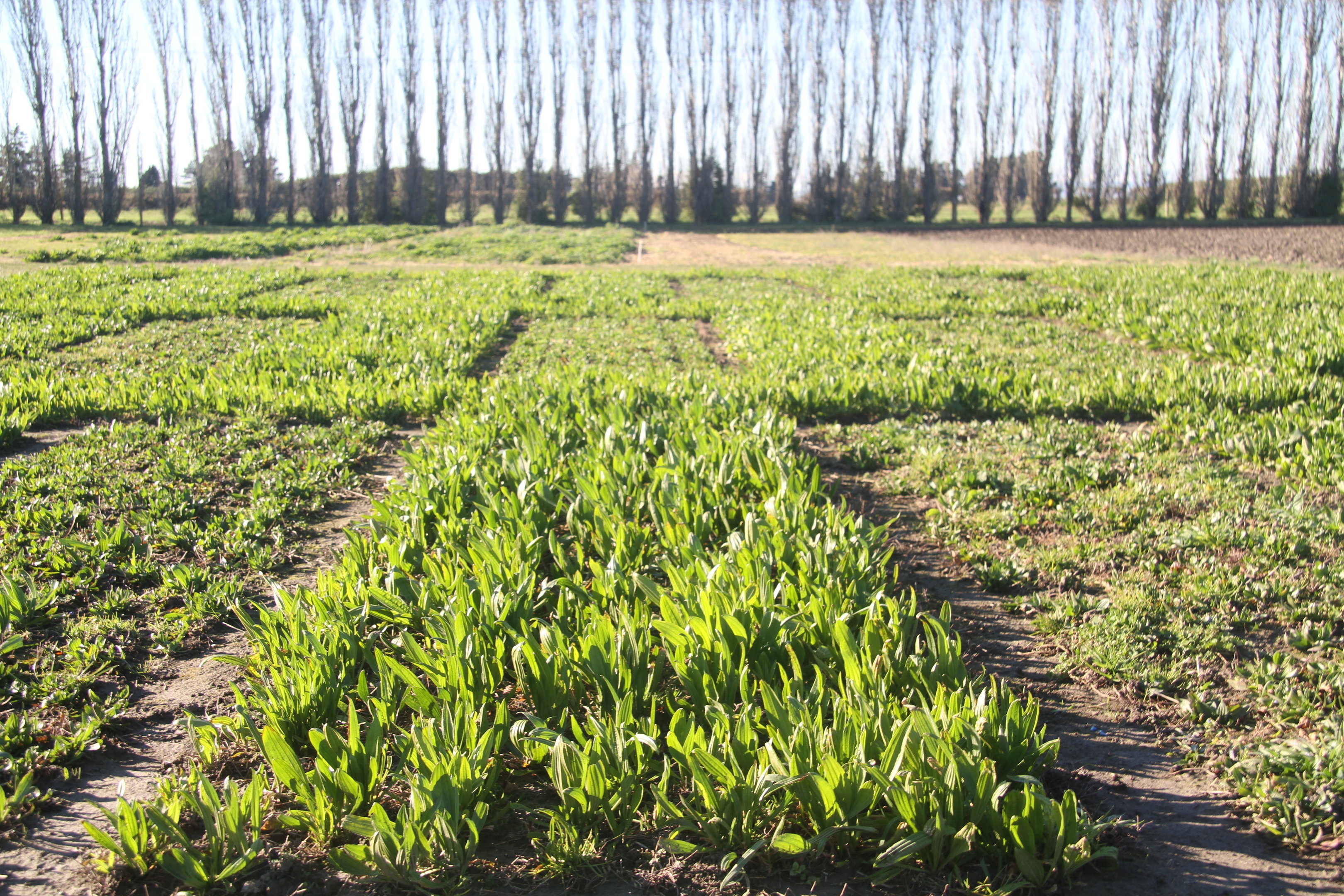Making plantain (even) better – breeders on target for next advances
Farming doesn’t stand still, and neither does plant breeding.
Captain CSP (cool season plantain) reduces nitrogen leaching and raised the bar for cool season growth when it was released three years ago.
But we’re already working on something even better.
We currently have several advanced new plantain crosses under careful scrutiny, bred for the ideal mix of plant characteristics to reduce nitrogen leaching.
That’s not all
They’ve also been bred for more cool season growth than Captain, plus higher overall yield, and increased persistence.
Cool season growth is one key objective because this is when your risk of nitrate leaching is highest.
The more dry matter a plantain grows during the cooler months, the more soil nitrogen it utilises, reducing your nitrogen loss to waterways and improving environmental outcomes.
Captain has more cool season growth than many other plantains, so it also provides extra feed when you need it most.
But we know there is plenty of room for improved performance with plantain, not least because it is such a variable species.
Variability helps
Variability is good for plant breeders! It gives us more opportunities to single out key characteristics of plant performance that are measurably better than what has already been achieved.
Plantain’s season growth patterns are a good example of this variability. Warm season growth is reasonably consistent between different plantain varieties.
But cool season growth is highly variable, ranging from complete winter dormancy to higher DM growth than Captain, so we’ve been able to select aggressively for this trait.
Persistence is another key trait for many pasture species, and plantain is no exception – typically it is recognised as a short-lived crop, although well-managed Captain CSP will thrive for up to three years.
But we are going to improve that, combined with targeting higher overall dry matter yield, because this will really help with fitting plantain into farm systems.
Drilling down
We have also increased our focus on certain properties specific to plantain that industry scientists have identified as driving changes in nitrate leaching compared with ryegrass/white clover pasture.
Chief among these are plantain’s lower dry matter percentage than ryegrass and higher ratio of water soluble carbohydrate (WSC) to crude protein (CP).
For now, Captain remains ideal for both red meat and dairy farmers who want a plantain with good cool season yield as well as other benefits.
For animals, it’s palatable, easily digested and rich in essential minerals and trace elements. Grazing utilisation is good, because Captain remains obviously upright in the pasture year-round.
Sow it as a specialist three year dairy pasture, mixed with hybrid ryegrass and white clover; or include it with new perennial ryegrass pastures.
Or mix it with red and white clovers for high liveweight gain and red meat finishing. You can also include it in perennial pasture mixes for sheep, beef and deer.
Captain CSP (centre), showing its cool season growth advantage over other cultivars in mid-winter on July 30.


